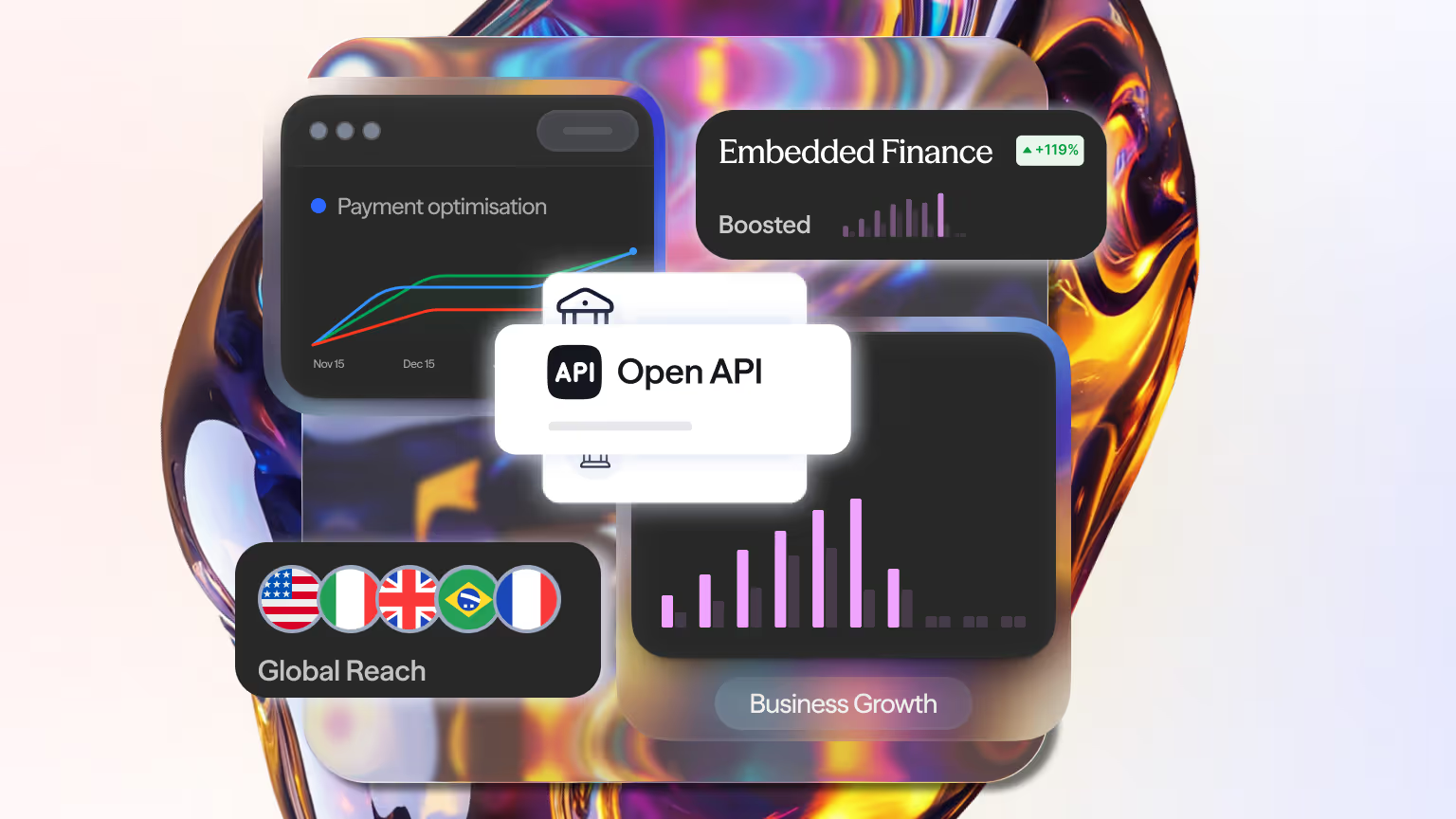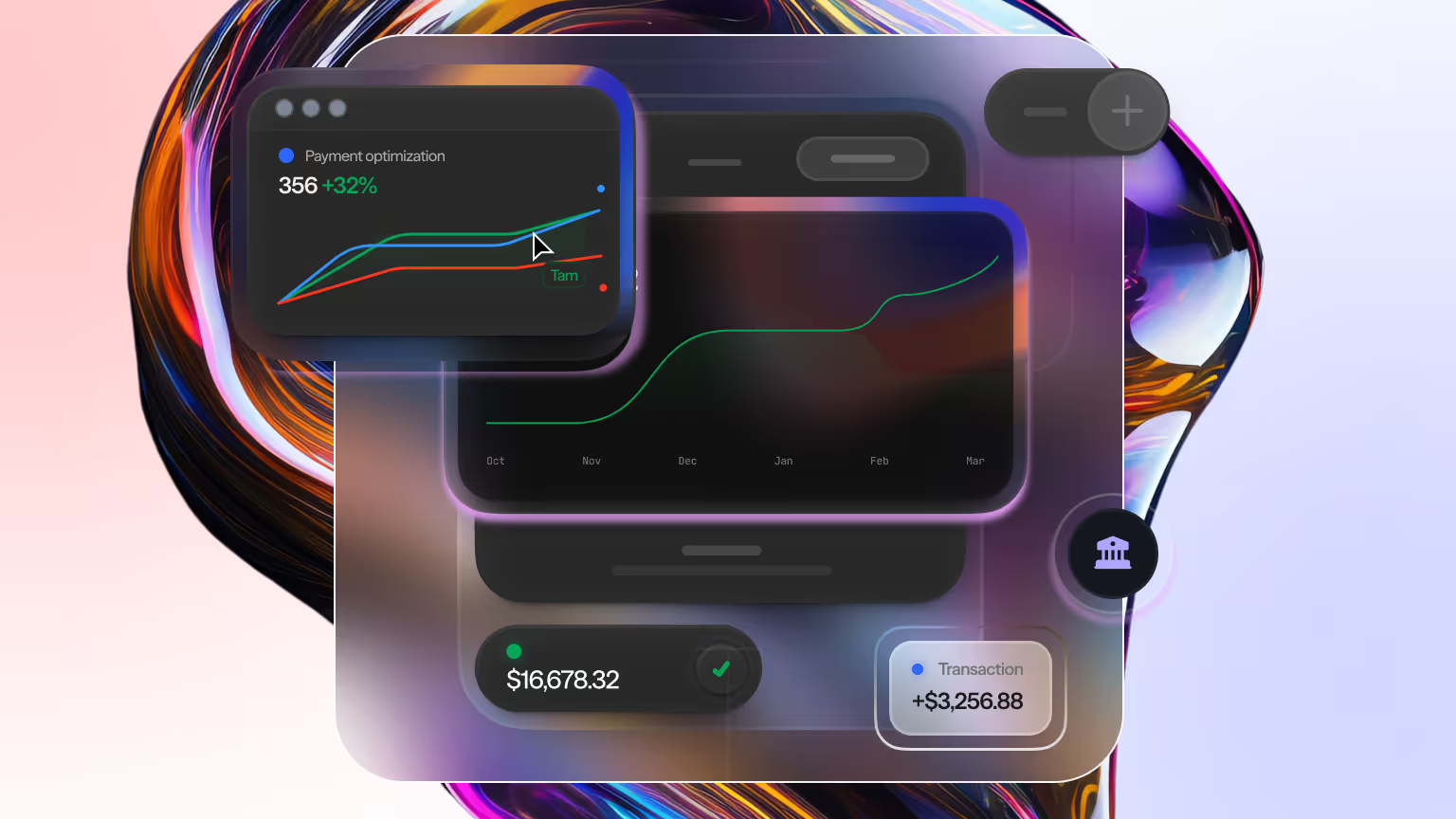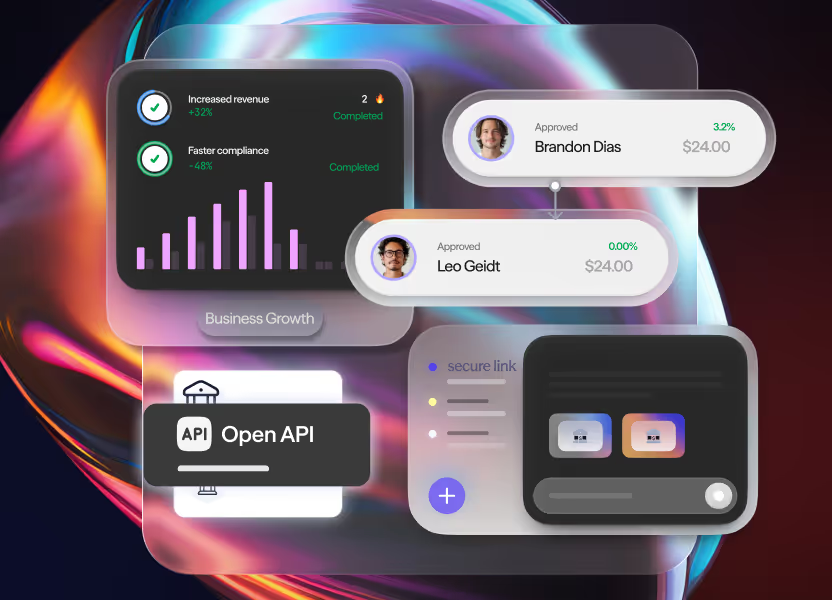Driving Fintech Innovation: The Rise of API-First Infrastructure
API-First Infrastructure drives fintech innovation. Learn how to achieve faster time-to-market.

Have you ever tried to fix a modern smart TV using tools from a 1980s workshop? That’s what it used to be like building financial products. For years, banks and fintech companies relied on huge, complex software systems, which we call 'monoliths', where every single function, from checking a balance to processing a payment, was locked together. If you wanted to add something new, like a Buy Now, Pay Later option, you had to spend months carefully fitting it into that rigid, old structure.
This old way of building is simply too slow, too inflexible and too risky for today's hyperspeed world.
Today, the entire structure of finance is being rebuilt using API-First Infrastructure. Think of an API (Application Programming Interface) not as code but as a digital building block, a standardised piece that snaps together perfectly with other blocks. This shift is the key to true fintech innovation. It means we can build new financial services faster, safer and with far more flexibility than ever before. This guide will walk you through, step by step, why this simple architectural change is now a fundamental requirement for fintech scalability.
Understanding the API-First Mandate
API-First is a profound paradigm shift, moving design focus from the finished product interface to the underlying communication contract.
From Monolith to Microservices: The Composable Architecture
In the traditional "code-first" approach, the application was a single, large binary, a monolith. Any small change required redeploying the whole system. The API-First Infrastructure reverses this by enforcing a microservices architecture, where each business function (e.g., transaction processing, identity verification, ledger balance) is an independent, small service accessed only via a well-defined API.
The Contract-First Principle: In an API-First model, development begins with the API contract, the formal definition and documentation. This approach ensures every component, built internally or externally, speaks the exact same technical language.
Why spend six months building a proprietary KYC solution when you can integrate a best-in-class service via a single, documented API in a week? The API-First approach answers this question with immediate deployment speed.
The most immediate benefit of an API-First architecture is simplifying your developer workload. Stop coding multiple endpoints and start saving developer time by integrating with multiple PSPs using a single API.
The New Fintech Engine: Speed and Scalability
The primary benefits of an API-First approach, speed and flexibility directly fuel fintech innovation across the entire industry.
Boosting Time-to-Market by 50%
Speed is the ultimate competitive differentiator in fintech. Because API design is finalised upfront, teams can work in parallel, testing functionality against stable interfaces even while backend services are being constructed.
Organisations adopting comprehensive API strategies consistently achieve 50% faster time-to-market for new services and products. This dramatic reduction in development time allows fintechs to pivot faster and capture emerging market opportunities immediately.
Unlocking True Fintech Scalability and Global Reach
API-First systems are inherently modular. Need to add a local payment method or upgrade your fraud engine? You simply swap out one API module without touching the rest of your core application. This modularity provides fintech scalability far beyond traditional systems, allowing businesses to adapt their services regionally without undergoing costly full system rewrites.
Once you've chosen your API-First partner, the next critical decision is implementation. Should you expose your customer data? This choice is vital for security and liability management. Before you launch your new API-driven checkout, ask the most critical question: Hosted Payment Fields vs Direct API: What Should Merchants Choose?
API Banking and the Embedded Finance Revolution
The move to API-First Infrastructure has unlocked the highest-growth segment in finance: embedded finance.
The Power of Embedded Finance
Embedded finance allows non-financial companies to seamlessly offer financial services (BNPL, insurance, treasury accounts). This revolution is only possible because APIs allow non-financial platforms to connect to regulated banks (API banking) and specialised fintechs without dealing with legacy complexity.
The global embedded finance market is experiencing explosive growth, projected to reach $588.49 billion by 2030. This surge confirms that consumers and businesses demand financial services to be integrated into their everyday experiences, a trend entirely dependent on open, modular API infrastructure.
Can your current infrastructure handle an integration with a global marketplace, a local digital wallet and an AI-driven fraud engine simultaneously? The API-First approach is the only way to answer 'yes' with confidence.
Payment Orchestration: The Ultimate API-First Application
In the payments landscape, the orchestration layer perfectly embodies the API-First infrastructure mandate.
Payment Orchestration platforms provide the crucial single API for payments that acts as a universal adapter, allowing merchants to connect their checkout to dozens of processors, acquirers, and local payment methods globally. This system ensures speed, resilience (through failover APIs) and cost optimisation are hard-coded into the architecture, driving genuine fintech innovation for the merchant.
Building the Composable Future with API-First Infrastructure
The architectural shift to API-First infrastructure defines the modern financial world. It is the necessary foundation for embedded finance, the catalyst for fintech innovation and the core driver of fintech scalability.
The question for businesses is no longer if they should adopt this approach, but how fast. By choosing a partner built on these principles, you ensure your services are composable, resilient and ready to meet the demands of tomorrow’s digital economy.
Get in touch with our team to explore how finera. empowers your payment growth.
This article on payment methods is for informational and educational purposes only.
- Not Professional Advice: The content provided does not constitute financial, legal, tax, or professional advice. Always consult with a qualified professional before making financial decisions.
- No Liability: The authors, contributors, and the publisher assume no liability for any loss, damage, or consequence whatsoever, whether direct or indirect, resulting from your reliance on or use of the information contained herein.
- Third-Party Risk: The discussion of specific payment services, platforms, or institutions is for illustration only. We do not endorse or guarantee the performance, security, or policies of any third-party service mentioned. Use all third-party services at your own risk.
- No Warranty: We make no warranty regarding the accuracy, completeness, or suitability of the information, which may become outdated over time.
Frequently Asked Questions

Still Have Questions?
Let’s Find the Right Solution for You
Stay Connected with Us!
Follow us on social media to stay up to date with the latest news, updates, and exclusive insights!









